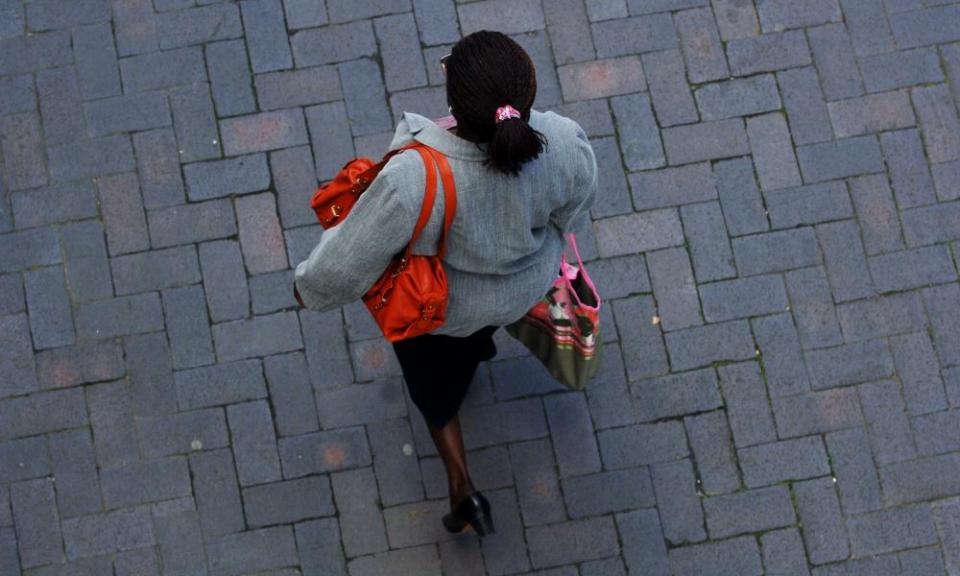Women’s private pensions worth 35% less than men’s in Great Britain

Women’s private pension pots in Great Britain are typically worth 35% less than those of their male colleagues by the time they reach 55, according to the first major government study into what has been termed “the great gender pension chasm”.
Having analysed the data for both sexes between 2018 and 2020, government researchers concluded that, on average, for every £100 accumulated in men’s private pensions, women have just £65. Women could end up losing out on thousands of pounds of retirement income as a result of the imbalance.
Lower overall earnings, time off for childcare and other caring duties, and the greater numbers of women doing part-time work are all thought to be factors in why women’s pension pots grow to just two-thirds the size of men’s.
Although several reports have been published in recent years on the topic of the gender pensions gap, this is the first time the government has calculated the true scale of the problem.
Researchers found that the gap varied for different age bands and was lowest for people in their 30s, suggesting time off for childcare was a big factor.
For workers eligible for automatic enrolment, the gap is smaller and stands at 32%. Overall, the gap rises to 47% for those aged 45-49.
The study also uncovered a gap in contributions made by men and women. In 2021, about £52bn was paid into the private pensions of women eligible for automatic enrolment, compared with £62.6bn into men’s pensions – a gap of 17%.
Helen Morrissey, the head of retirement analysis at Hargreaves Lansdown, described the 35% figure as “less of a gap, more of a gaping chasm”. “The government recently announced childcare reforms which should help more women keep working and contributing to their pensions, but the gender pension gap looks set to remain with us for some time yet,” she said.
Laura Suter, the head of personal finance for the investment platform AJ Bell, said the figures showed that once women hit their 40s, they dropped behind men in their pension savings.
“A lot of this will be due to women taking career breaks to have children, working part-time around caring responsibilities, or the gender pay gap meaning they earn less – which all filters through to lower incomes and lower pension contributions.”
The figures do not include those people who have no pension wealth when they hit retirement age, which Suter says would make the gap even larger as women are more likely than men to have no pensions.

 Yahoo Finance
Yahoo Finance 